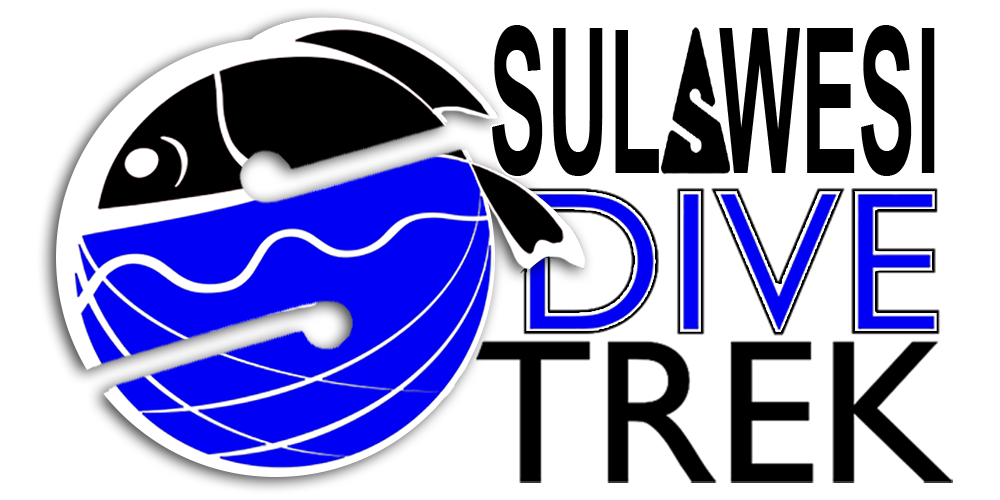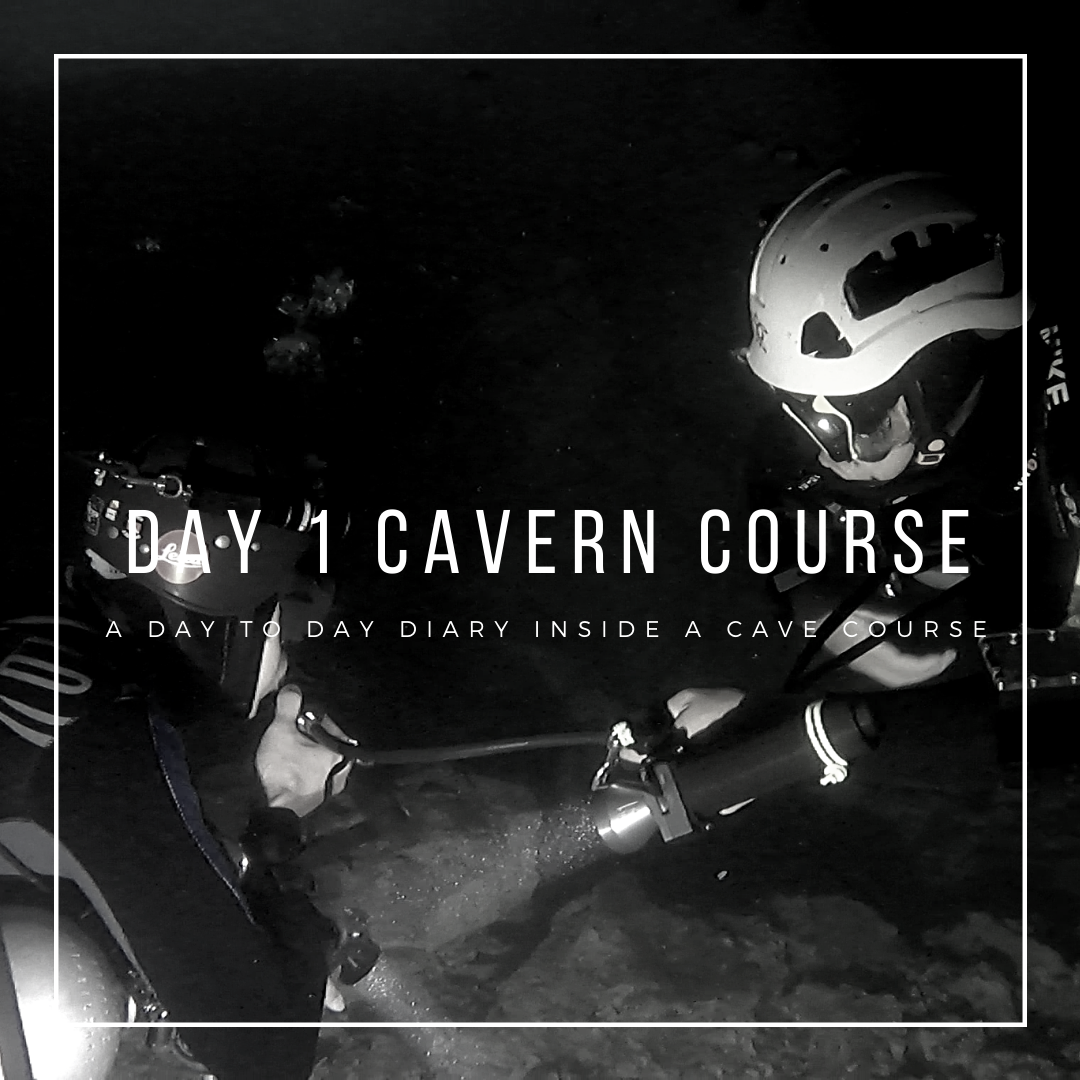Day 1 Cavern Diver Course
In this small series I will try to briefly describe our day-to-day in the 10 days course encompassing the three level of Cave Diving: Cavern, Intro and Full Cave. The goal is not to allow you to self-educate but instead to realize what is a quality training and what you should expect if engaging in this rewarding journey. If you want more info, feel free to comment or DM us and remember there are no stupid question 😊 Note that this is a not exhaustive report and some point maybe missing. Note also that no wonderful pics will be posted. We only record images using a GoPro for debriefing and educational purpose, underwater cave photography is a very demanding task and should not be mixed with training. The images posted are from the actual course and for illustration only.
The first day starts with an orientation about What is Cave Diving and what should be expected from this course. The theory part is pretty dense and a good introduction is given to this wonderful new environment: History of Cave Diving, the different philosophies of training, how caves are formed and what are the different type of caves, what kills you in a cave? (a theme that will be coming back often in the next ten days), what are the potential hazards in a cave etc…
We then emphasize the importance of Equipment and give a thorough guide on how to “Dress for success”. We review every single piece of equipment and make sure they are adapted to our practice. Of course, the students do not “discover” things are wrong on the spot. Before starting the course, we go through several chat and Visio conference to make sure everything is available and ready for the D-day. On top of preparing the equipment for the dive, we discuss the several options and compare our stuff. Remember that there is no “best gear”, what works for you works for you, gear is only a tool for a job. Stay away from the “Equipment Guru” that try to prove you that their equipment (that they usually sell also…) is the best ever. Always ask why? and how is it better? Keep a critical thinking about everything an instructor could tell you.
Once theory and equipment are sorted, come the diving part and the first day is definitely not the less dense. It is usually the day when we review the essential skills of a safe cave diver : Buoyancy, Trim, Propulsion (What kind of kick to use in what situation: Frog kick, modified frog kick, modified flutter kick, shuffle kick, modified dolphin kick (I see you laugh), helicopter turn and the infamous back kick). Then come some more cave related considerations: how do we follow a guideline, how do we position ourselves and the team related to that last, how do we breathe properly, how do we maintain physical and mental control? Everything to get prepared to enter this new extreme environment.
An emphasis is put on the Guideline, this small piece of cord that connect us to the exit and this thing will be discussed almost every day for the next ten days.
Then comes the communication: how to transmit and receive messages in a dark and enclosed environment? Using the light, using your hand, using your pen, using your nonverbal communication skills, using your touch. This is a tough subject and a really hard one on the student the first days, especially when we have to communicate by being totally blinded.
Eventually come the underwater part, we learn about the preparation, the pre-dive safety protocols, , the instructor installs a line and the students learn how to follow it. They discover the difficulties of diving in a team and efficiently communicate. They have to demonstrate proficiency in all the propulsions techniques, maintain a perfect trim and buoyancy, in movement but moreover static (believe me when I say it is not easy). Then the basic Sidemount skills are demonstrated (oh yeah did I forgot to tell you that this is a prerequisite of engaging in a cave diving course?), communicate your pressure, share air, replace and remove a tank, stow your long hose, the list is still long…
And finally, after spending a few hours underwater, the students have to try to follow the line simulating a blind exit. This day, they won’t use the mask blinder and will keep their eyes open in order to really feel how they should place themselves and communicate with their team member using touch contact. The first day is the day where we set up a baseline and see what are the strength and weaknesses of everyone. That information will help us to adapt the training on the upcoming subsequent days.
The surface is now here but the day is not over. The instructor and students will debrief the dive, giving their personal opinion about themselves and the team work and review the different videos in order to improve their skills the next days. Every single point and mistakes will be discussed and reviewed by the team.
A tough but rewarding first day with a lot of new things learned. Meet you tomorrow for our second day of training.


0 Comments
Trackbacks/Pingbacks